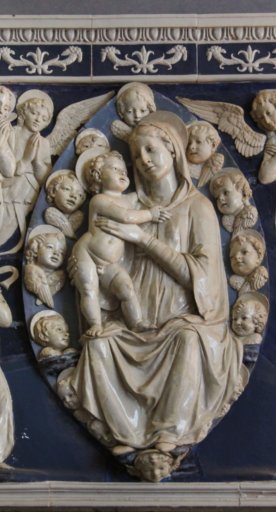The historic centre still conserves its medieval appearance, even if some serious earthquakes in the 19th and 20th centuries risked its survival. The narrow streets are permeated with a sense of the past, dotted with small workshops and village cafes. Visitors can enjoy looking out from the brick parapets and the fortress’s panoramic terrace, which offers views of the surrounding countryside as far as the eye can see.
Monterchi is universally known for being one of Piero della Francesca’s homes, one of the greatest Italian painters of the 1400s. Here, inspired by his mother who was born in the town, he left his masterpiece Madonna del Parto, a fresco painted in 1459 inside the Church of Santa Maria a Momentana. A museum of the same name was opened dedicated to the painting, displaying the work in all its splendour.
Another museum worth visiting is the Museum of Scales, one of the most important collections in Europe with hundreds of copies of scales and weights. Inside the museum, an interactive educational path leads you through the discovery of historic crafts, such as the customs officer or the money changer.
























